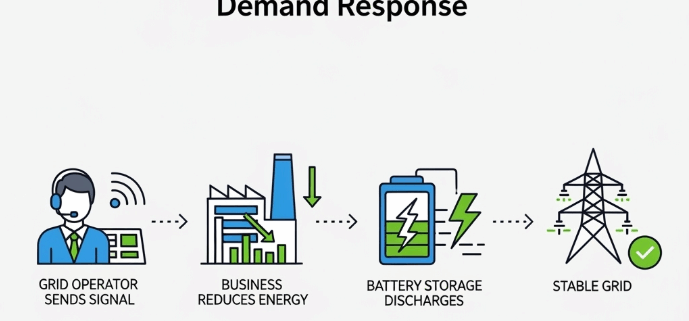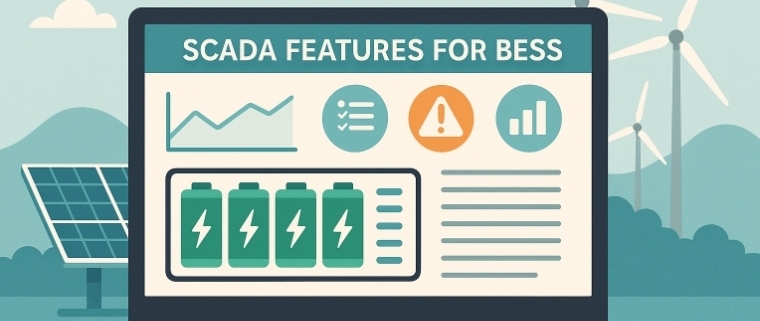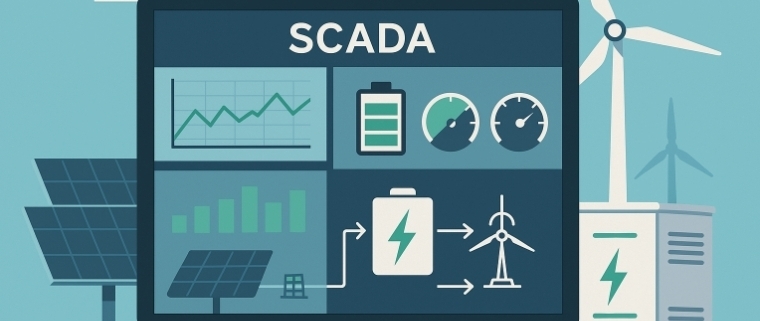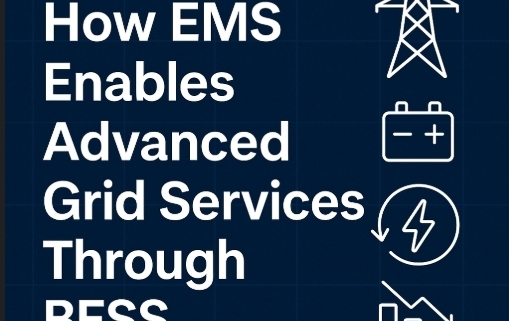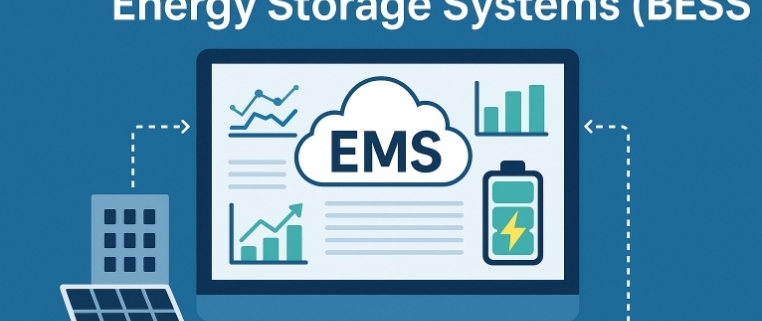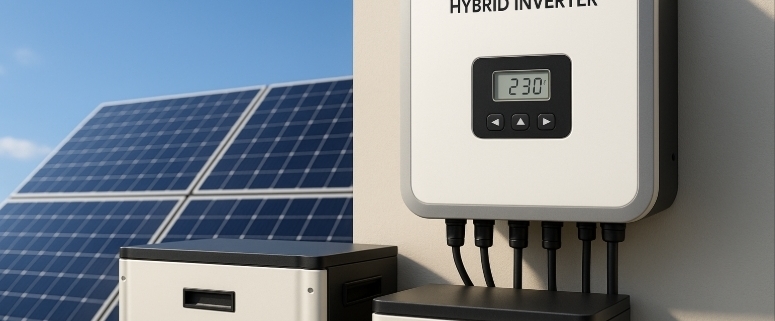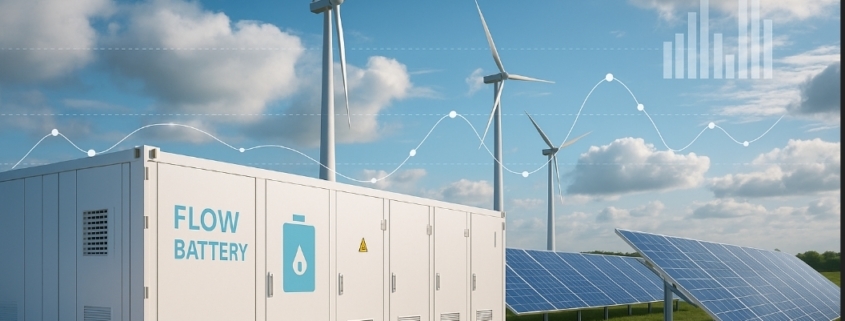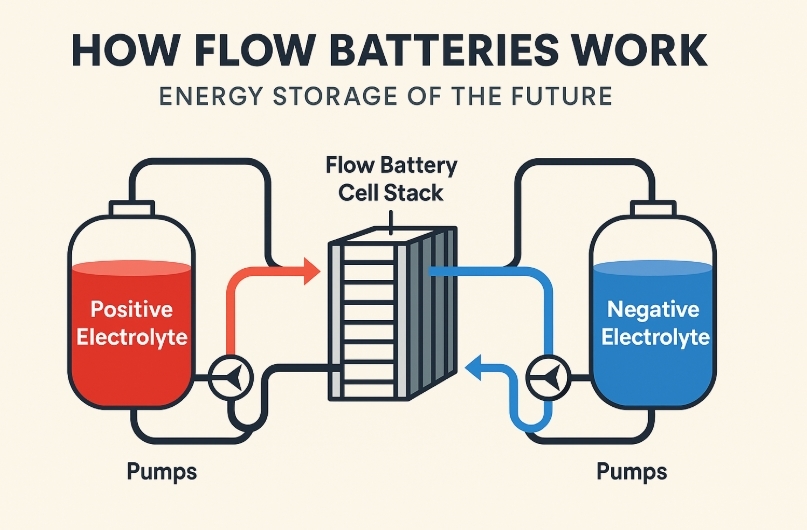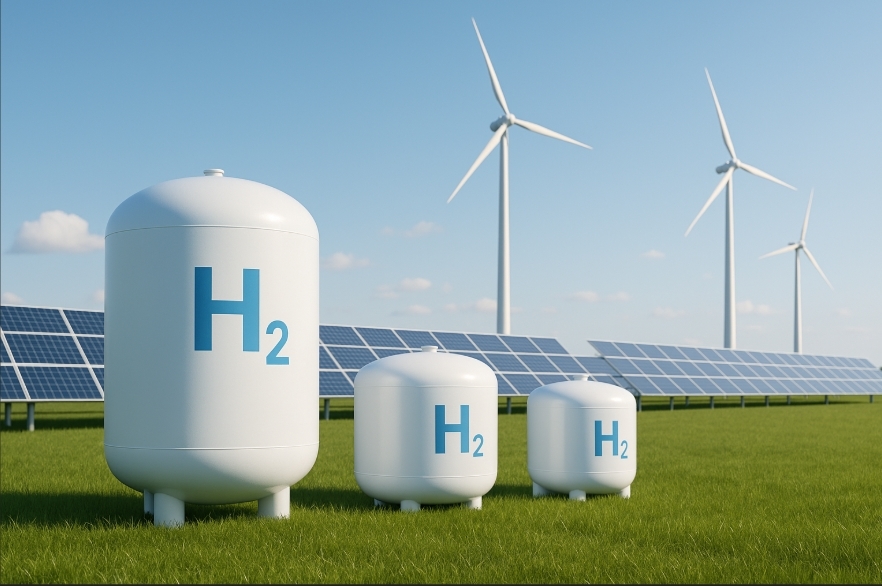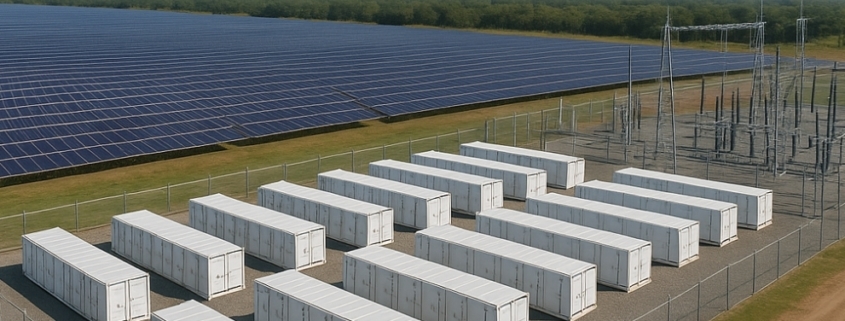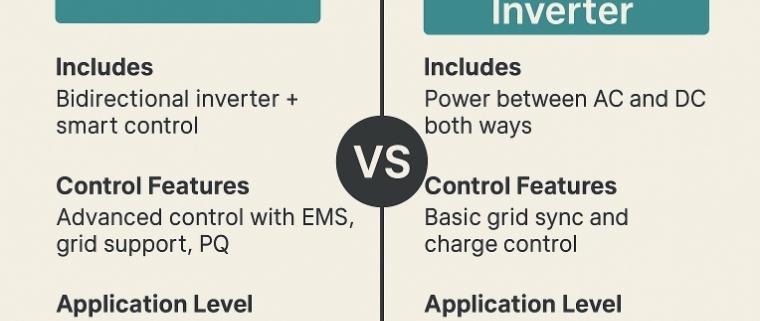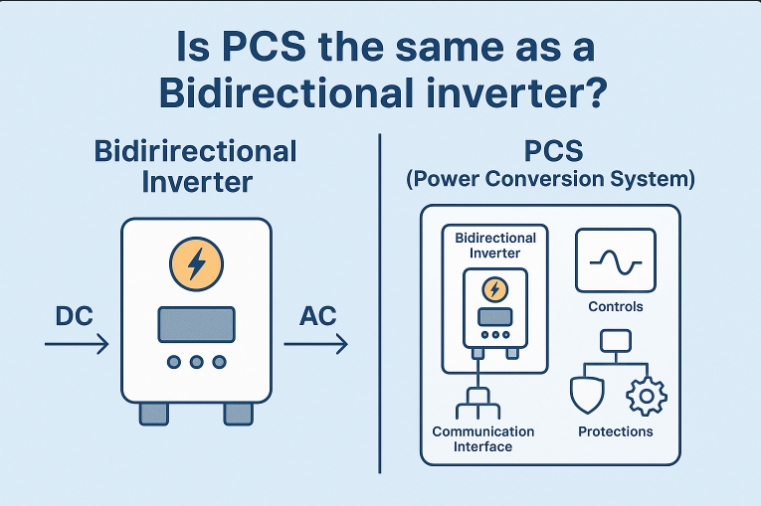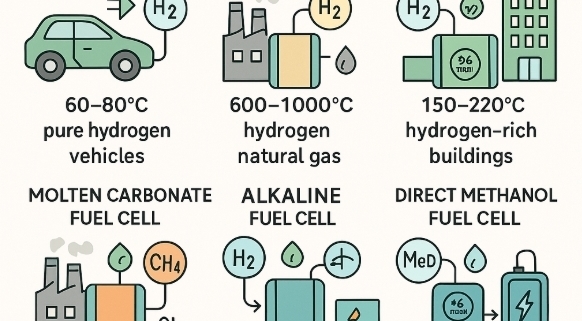Demand Response: A Smarter Way to Balance Energy for Businesses and the Grid
What Is Demand Response?
The modern power grid is under pressure. Rising electricity demand, renewable energy integration, and fluctuating prices make it harder to keep supply and demand in balance. Demand Response (DR) is a smart energy management solution that allows utilities and businesses to adjust power consumption in real-time, helping stabilize the grid while cutting costs.
At Sunlith Energy, we see demand response as a critical bridge between renewable energy, battery energy storage systems (BESS), and smarter energy use. It empowers both businesses and homeowners to play an active role in energy efficiency and sustainability.
How Demand Response Works
Demand response is a system where electricity consumers reduce or shift their energy usage during peak demand periods in response to signals from utilities or grid operators. These signals can be price-based (time-of-use rates) or incentive-based (payments for participation).
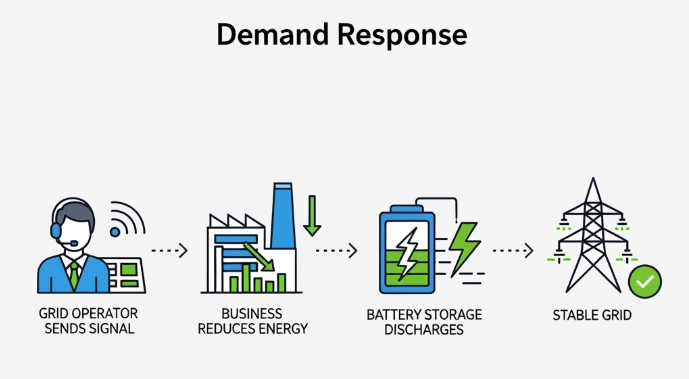
Here’s how it typically works:
- Signal Received – The utility alerts participants of high demand or peak pricing.
- Load Adjustment – Businesses and homes reduce or shift energy-intensive processes.
- Support from BESS – Stored energy from battery energy storage systems covers the gap.
- Grid Stabilization – Reduced stress on the grid prevents blackouts and keeps prices stable.
By integrating BESS solutions from Sunlith Energy, participants don’t just reduce demand—they optimize it by storing cheap off-peak energy and using it when it matters most.
Types of Demand Response Programs
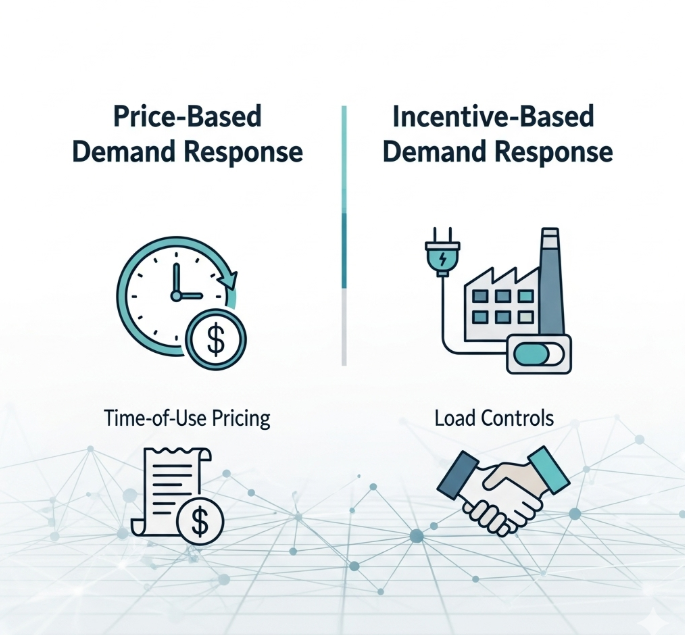
Different markets and utilities offer various forms of demand response. The most common types include:
1. Price-Based Demand Response
- Time-of-Use (TOU) Pricing: Electricity costs vary by time of day.
- Real-Time Pricing (RTP): Prices shift hourly based on market conditions.
- Critical Peak Pricing (CPP): Higher rates during grid stress events.
2. Incentive-Based Demand Response
- Direct Load Control (DLC): Utilities remotely adjust certain equipment (like HVAC).
- Interruptible/Curtailable Programs: Businesses get discounts for agreeing to reduce load.
- Capacity Market Participation: Large consumers earn revenue by offering flexibility to the grid.
Benefits of Demand Response
Demand response is more than just cost savings. It brings value to businesses, households, and the power grid as a whole:
🔹 For Businesses
- Lower electricity bills through avoided peak pricing.
- Participation payments from utilities.
- Improved sustainability credentials.
🔹 For the Grid
- Reduced risk of blackouts.
- Easier integration of renewable energy sources like solar and wind.
- Lower need for expensive fossil-fuel peaker plants.
🔹 For the Environment
- Lower carbon emissions.
- Optimized use of clean energy.
- Smarter, greener energy ecosystems.
Demand Response and Battery Energy Storage Systems (BESS)
One of the most powerful enablers of demand response is battery energy storage systems (BESS). With BESS, businesses can:
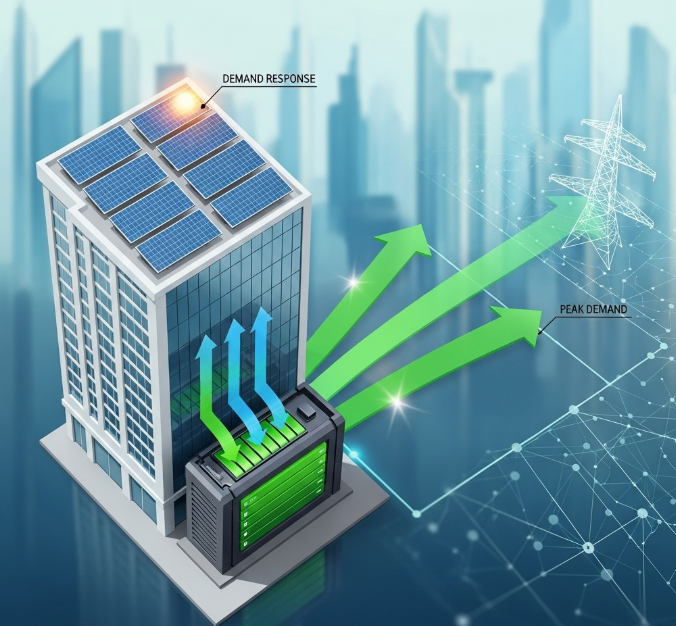
- Store cheap off-peak energy and use it during demand response events.
- Provide grid support by discharging power when required.
- Maximize savings by combining DR with energy arbitrage strategies.
👉 Learn more in our detailed guide: Energy Arbitrage Explained.
Demand Response in the Global Energy Transition
Countries across the EU, US, and Asia are actively encouraging demand response programs as part of their clean energy policies. Regulations like the EU’s 2023/1542 and US market incentives through FERC and ISO programs highlight DR as a priority tool.
With Sunlith Energy’s smart BESS solutions, businesses can stay compliant, capture new revenue streams, and actively support the energy transition.
Key Takeaways
- Demand Response balances supply and demand in real-time.
- It offers financial benefits for businesses and households.
- Battery storage systems supercharge DR by adding flexibility.
- Demand response is essential for a renewable-powered, resilient grid.
Conclusion
Demand response is no longer just an option—it’s becoming a necessity. By combining smart demand management with advanced battery energy storage systems, businesses and homeowners can save money, reduce carbon footprints, and support a more resilient energy future.
At Sunlith Energy, we help organizations unlock the full potential of demand response through tailored BESS solutions that work seamlessly with grid programs.
👉 Explore our solutions here: Sunlith Energy BESS Systems.


